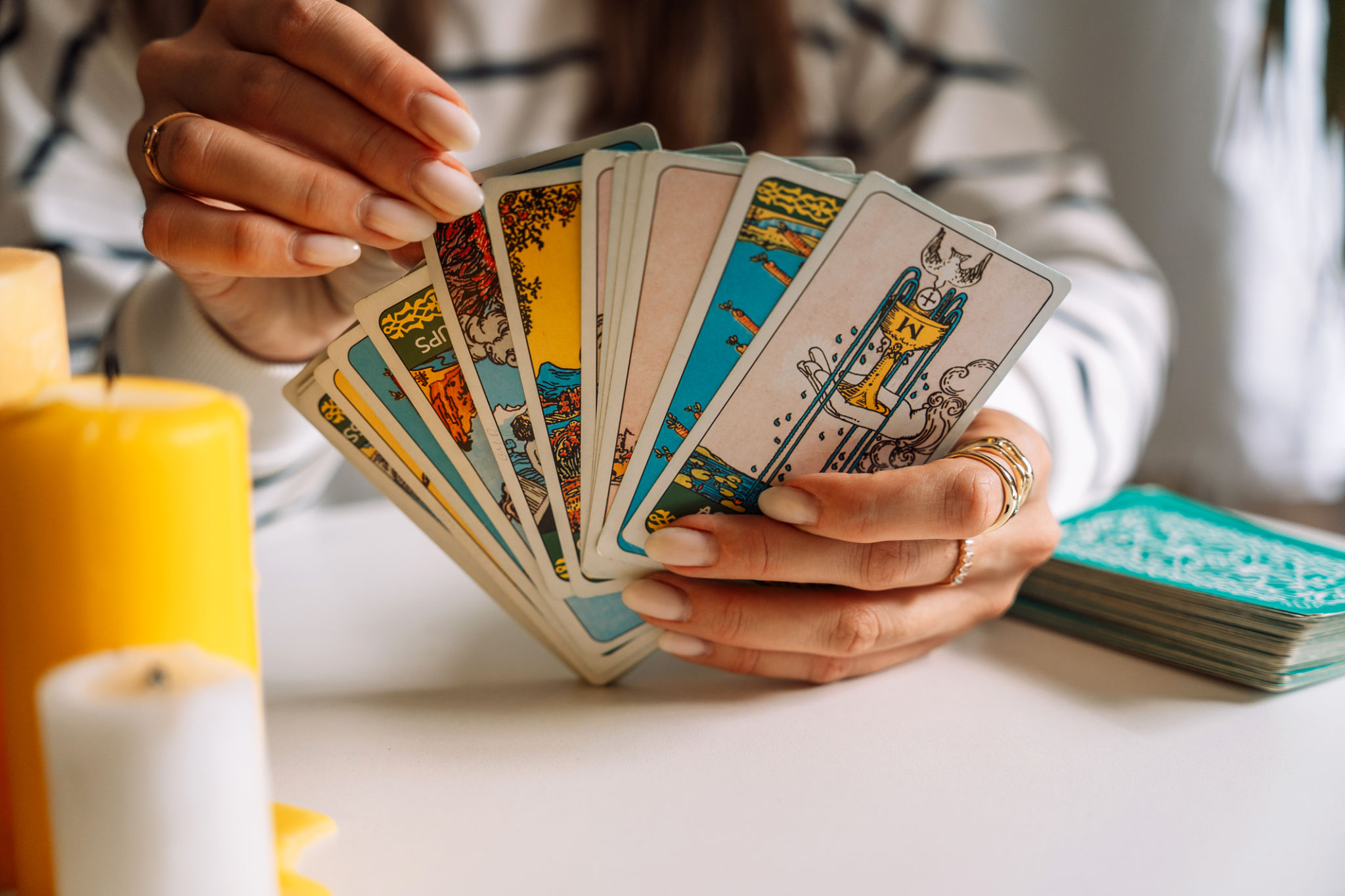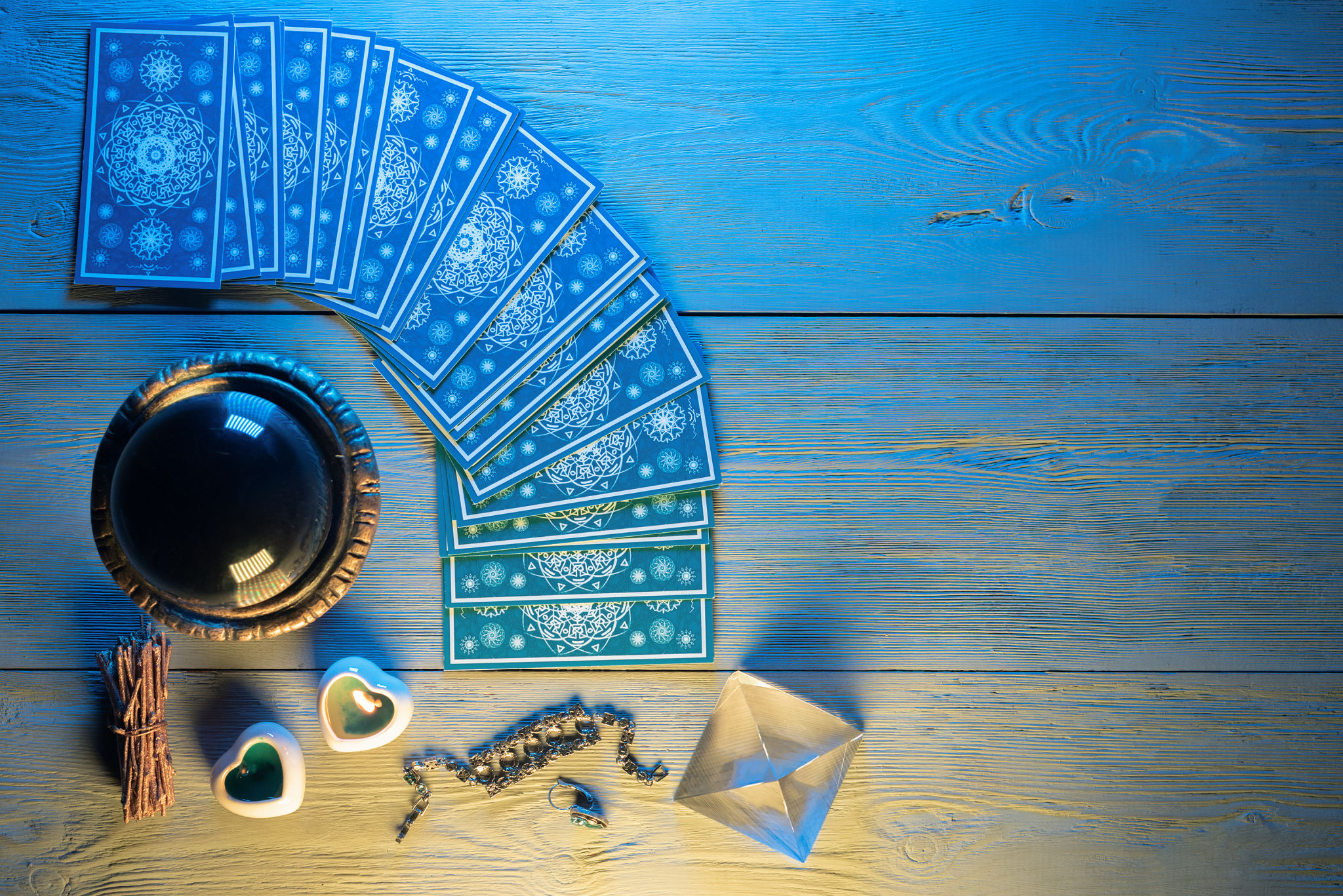Understanding Tarot: A Beginner's Guide to Reading Cards
What is Tarot?
The Tarot is a deck of 78 cards, each with its own imagery, symbolism, and story. It is primarily used as a tool for divination and introspection. The Tarot has been around since the 15th century and continues to be a popular method for seeking guidance and understanding one's life journey. Each card in the deck holds unique meanings and can offer insights into past, present, and future events.

The Structure of a Tarot Deck
A Tarot deck is divided into two main sections: the Major Arcana and the Minor Arcana. The Major Arcana consists of 22 cards, each representing significant life events or themes. These are often seen as the more powerful cards in a reading, symbolizing deep or transformative changes.
The Minor Arcana is made up of 56 cards, divided into four suits: Cups, Pentacles, Swords, and Wands. Each suit contains cards numbered from Ace to Ten, followed by four Court Cards: Page, Knight, Queen, and King. These cards relate to everyday events and situations.
How to Choose Your First Tarot Deck
Choosing your first Tarot deck can be an exciting yet overwhelming experience due to the variety of styles available. It's essential to select a deck that resonates with you visually and emotionally. Some popular choices for beginners include the Rider-Waite-Smith deck and the Thoth Tarot.

Preparing for a Tarot Reading
Before conducting a Tarot reading, it's important to create a calm and focused environment. Find a quiet space and take a few moments to center yourself. Many people find it helpful to meditate or set an intention for the reading. Remember, the energy you bring into the reading can influence the outcome.
When you're ready, shuffle the cards while focusing on your question or the subject you wish to explore. As you shuffle, your energy will infuse the cards, helping guide the reading.

Interpreting Tarot Cards
Interpreting Tarot cards involves understanding both their upright and reversed meanings. Many beginners rely on guidebooks or online resources to learn the basic interpretations. However, developing your intuition is equally important. Pay attention to the imagery on each card and how it relates to your question. Trust your instincts as you uncover the story the cards are telling.
Popular Tarot Spreads
Tarot spreads are specific layouts of cards used during a reading. Each position in a spread has a designated meaning that adds depth to the interpretation. Some popular spreads for beginners include:
- The Three-Card Spread: This simple spread examines past, present, and future aspects of a situation.
- The Celtic Cross: A more complex spread that provides a comprehensive view of a situation.
Common Misconceptions About Tarot
Many misconceptions surround Tarot reading, often leading to skepticism or fear. It's important to understand that Tarot is not about predicting an unchangeable future but rather offering guidance and insight into possible outcomes based on current circumstances. It is also not inherently linked to any specific religion or belief system.
Approach Tarot with an open mind and view it as a tool for self-reflection rather than absolute answers.

Tips for Developing Your Tarot Skills
As with any skill, practice is key to becoming proficient in Tarot reading. Regularly draw a card for daily reflection or practice readings for friends and family. Join online forums or local groups to share experiences and learn from others.
Keep a journal to record your readings and insights gained over time. This will help you track patterns and enhance your understanding of the cards.